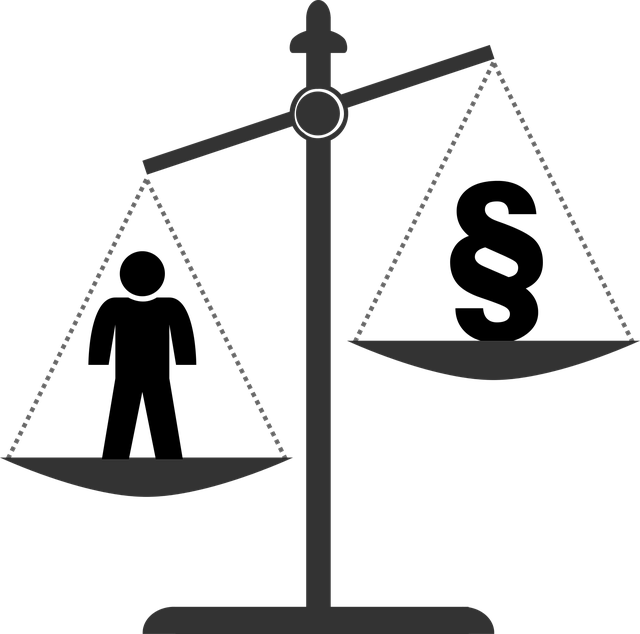Contempt of court, a serious legal issue, involves willful non-compliance with court orders, separated into civil and criminal categories. Legal professionals and agencies must distinguish between types for fair justice. The legal framework for enforcing contempt orders includes sanctions like fines or imprisonment, initiated by a formal notice to the offender. Challenges include proving non-compliance and presenting evidence, requiring strategic legal enforcement approaches. Effective legal enforcement maintains judicial integrity and ensures parties fulfill obligations.
“Uncovering the intricacies of legal enforcement, this article delves into the vital topic of contempt procedures. We explore ‘contempt of court’, its definitions, and diverse types. Understanding the legal framework guiding contempt orders is key; it outlines a structured process from issuing notices to imposing sanctions. This comprehensive guide navigates common challenges and defenses, providing valuable insights for all involved. Key terms like ‘legal enforcement’ are seamlessly integrated, offering practical knowledge on efficient dispute resolution.”
- Understanding Contempt of Court: Definition and Types
- Legal Framework for Enforcing Contempt Orders
- Steps in the Enforcement Process: From Notice to Sanctions
- Common Challenges and Defenses in Contempt Proceedings
Understanding Contempt of Court: Definition and Types

Contempt of court is a serious legal issue that refers to the willful failure or refusal to comply with a court order or engage in conduct that obstructs justice. It’s a broad term encompassing various actions, and understanding its nuances is essential in legal enforcement procedures. The definition itself holds significant weight, as it can lead to severe consequences for individuals or entities found guilty.
There are different types of contempt, including civil and criminal contempt. Civil contempt occurs when an individual fails to comply with a court order intended to enforce a civil remedy, such as paying outstanding debts or complying with a restraining order. Criminal contempt, on the other hand, involves acts that interfere with the administration of justice, like disrupting a trial or refusing to testify. Recognizing these distinctions is crucial for legal professionals and those involved in legal enforcement to ensure fair and just outcomes.
Legal Framework for Enforcing Contempt Orders

The legal framework for enforcing contempt orders is a critical aspect of ensuring justice and respect for court decisions. In many jurisdictions, contempt of court is defined as willful failure to comply with a court order, and it can be enforced through various means. The primary legal tool is the contempt of court order, which allows judges to issue directives to ensure parties adhere to previous rulings. These orders are backed by the full power of the state, enabling courts to impose sanctions such as fines, imprisonment, or both, depending on the severity of the contempt.
The enforcement process typically involves a detailed review of the original order, assessing whether the alleged contemnor has willfully violated it. Courts may conduct hearings, where they evaluate evidence and witness testimony before making a determination. The specific legal procedures can vary by jurisdiction but generally include notice to the accused, an opportunity to defend against the charges, and a final judgment on the contempt allegations. Effective legal enforcement is crucial for maintaining the integrity of judicial proceedings and ensuring that parties fulfill their obligations as directed by the court.
Steps in the Enforcement Process: From Notice to Sanctions

The legal enforcement process for contempt of court begins with a formal notice, providing the alleged contemnor with an opportunity to rectify their actions. This initial step is crucial as it offers a chance for compliance, allowing individuals to avoid more severe consequences. The notice typically includes details of the alleged contempt, the specific order or rule that was violated, and a deadline for response. If the party in question fails to comply within the specified time frame, the case progresses to the next stage.
Following non-compliance, legal enforcement officers or the court itself may impose sanctions. These can range from fines to imprisonment, depending on the severity of the contempt and local jurisdiction. The enforcement process is designed to ensure respect for judicial authority and the rule of law. Each step is carefully documented, providing transparency and a fair procedure, which is essential in maintaining the integrity of the legal system.
Common Challenges and Defenses in Contempt Proceedings

Contempt proceedings, while crucial for maintaining legal order, often present a series of common challenges. One significant hurdle is the complexity of proving non-compliance with a court order. Respondents frequently employ defenses centered around interpretations of the order’s scope or intent, arguing that their actions were not willful or that they acted in good faith. These defenses can be complex, requiring meticulous legal analysis to navigate the nuances of prior judgments and orders.
Another challenge lies in the presentation of evidence. Proving contempt may necessitate the production of documents or testimony that can be difficult to obtain, especially if the respondent is uncooperative. Legal enforcement strategies must be tailored to overcome these obstacles, employing persuasive arguments, expert witness testimonies, or alternative discovery methods to ensure a fair and just outcome.






